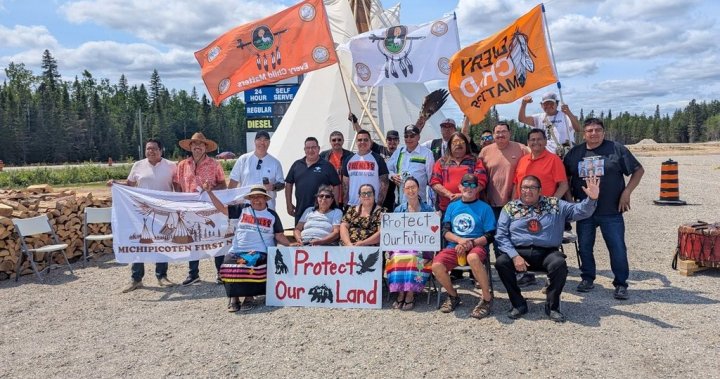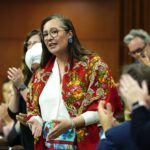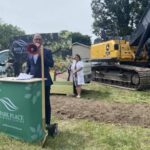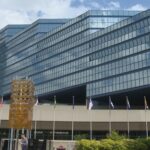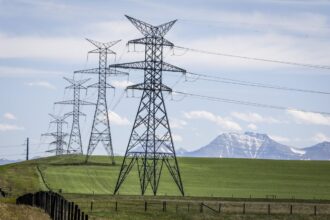The Trans-Canada Highway witnessed unprecedented congestion Monday as members of Biigtigong Nishnaabeg First Nation orchestrated a strategic slowdown along a critical stretch of Highway 17 near Marathon, Ontario. The carefully planned demonstration—not a blockade—aimed to spotlight growing Indigenous concerns over Ontario’s contentious Mining Act and its implementation across traditional territories.
“This isn’t about disruption for disruption’s sake,” explained Chief Duncan Michano of Biigtigong Nishnaabeg. “We’re exercising our sovereign right to protect lands that have sustained our people for countless generations while raising awareness about a mining regulatory system that continues to marginalize Indigenous voices.”
The demonstration created a rolling slowdown that stretched approximately 40 kilometers, with vehicles moving at reduced speeds between Marathon and the community of Biigtigong Nishnaabeg. Protestors distributed informational pamphlets to affected motorists, explaining their concerns about Ontario’s mining laws and resource extraction practices.
At the heart of the dispute lies Ontario’s “free entry” system, which allows mining companies to stake claims on Crown land with minimal consultation requirements. This approach has repeatedly sparked controversy among First Nations communities who argue it undermines their treaty rights and constitutional protections regarding traditional territories.
“The current regulatory framework essentially permits mining interests to stake claims on our ancestral lands without meaningful consent,” said community spokesperson Sarah Desmoulin. “We’ve attempted dialogue through established channels for years, but our concerns continue to be sidelined in favor of extraction-first policies.”
Provincial data reveals over 31,000 active mining claims across Northern Ontario, many overlapping with territories where First Nations assert Aboriginal and treaty rights. The Ontario government has defended its mining regulations as balancing economic development with environmental and cultural considerations, but critics point to systemic failures in honoring the duty to consult Indigenous communities.
Monday’s action comes amid broader national tensions over resource development on Indigenous lands. Last month, the Assembly of First Nations passed a resolution calling for comprehensive reform of provincial mining laws across Canada to align with the United Nations Declaration on the Rights of Indigenous Peoples, which Canada formally adopted in 2021.
Economic analysts note the demonstration highlights the growing business risks associated with regulatory uncertainty in the mining sector. “Companies increasingly recognize that social license is as valuable as government permits,” explained Dr. Miranda Chen, resource economics professor at Lakehead University. “Investors are now factoring Indigenous relations into risk assessments for Canadian mining projects.”
Ontario Provincial Police maintained a presence during Monday’s demonstration but reported no incidents or arrests. The protest concluded peacefully by late afternoon after successfully drawing attention to the community’s concerns.
Chief Michano indicated that while this action has concluded, their advocacy will continue. “We remain open to constructive dialogue with provincial authorities, but meaningful change requires recognition that the current system fundamentally disadvantages Indigenous rights-holders.”
As resource extraction pressures mount across Northern Ontario, driven by growing global demand for critical minerals essential to green technologies, can provincial mining laws evolve to genuinely honor Indigenous rights while facilitating responsible development that benefits all stakeholders?

